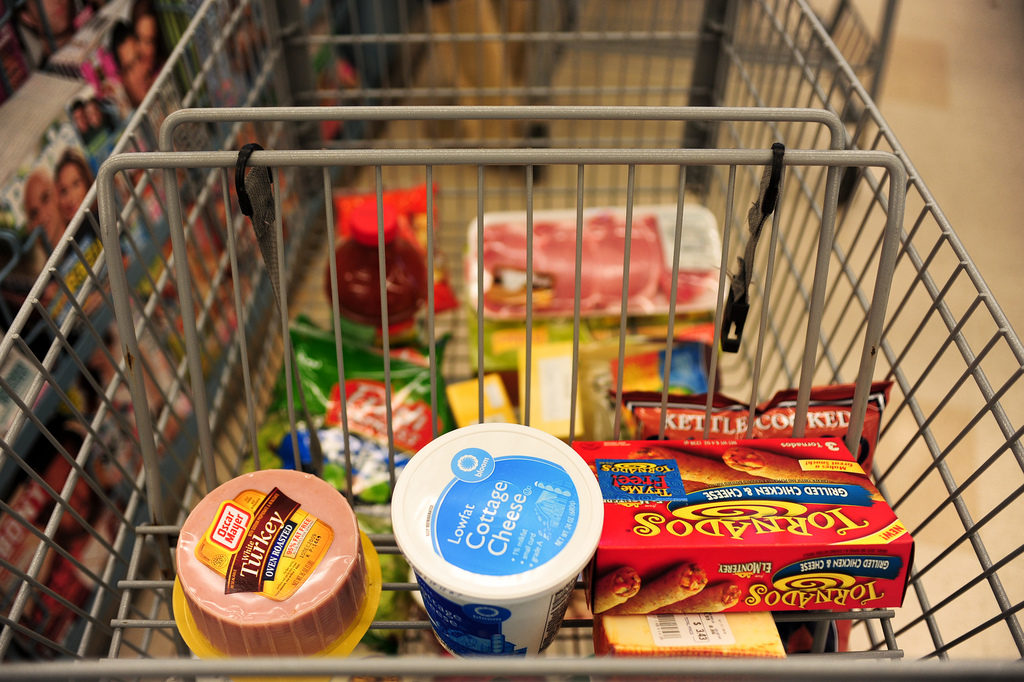Forget clipping coupons and searching through the sales circulars – if the authors of a new study have their way, you could save up to 10% on your groceries just by shopping in a different part of town.
Have you ever paid more for a product in one chain store, and less for the very same product at another store in the same chain? That’s often the result of “zone pricing”, in which retailers deliberately charge different prices in different stores. You might experience it from time to time, but a couple of researchers say it doesn’t happen nearly as often as it ought to.
So Stefano DellaVigna and Matthew Gentzkow of the National Bureau of Economic Research are urging retailers to adjust their prices, based on their customers’ average income level.
In their study “Uniform Pricing in U.S. Retail Chains”, the researchers examined scanner data from more than 22,000 individual stores representing 73 grocery, drug and mass merchandise chains. While drug stores and mass merchandise stores were more likely to vary their pricing, grocery chains “charge nearly-uniform prices across stores, despite wide variation in consumer demographics and the level of competition”. And that, they argue, “exacerbates inequality”.
Changing prices based on one’s ability to pay may seem anti-capitalistic. But the researchers argue that doing so could actually raise retailers’ overall profits considerably. By using “flexible pricing” – raising prices in high-income areas by as much as 9%, and lowering prices in lower-income areas by about 1% – the researchers conclude that the average grocery chain could increase their profits by 7%.
So why aren’t more chains already doing this?
One reason probably occurred to you right away – it just doesn’t seem fair. “Managers may avoid varying prices because consumers could perceive charging different prices in different stores as unfair,” the report reads.
Another possible reason is uniformity in advertising. “If a firm advertises a particular price in a newspaper, for example, it might want to honor that price in all stores in that newspaper’s circulation area,” the study surmises.
The main reason, the study concludes, is that retailers aren’t willing to devote the manpower – and the cost of that manpower – to maintain multiple sets of prices for the same items. Who’s going to change all of those paper price tags, and ensure that scanners in different stores ring up the right prices?
Eventually, technology and personalization could help change uniformity in pricing. Digital shelf price tags, already widely used in Europe, are a relative rarity here. But they could make changing prices at different stores as easy as touching a button. And programs like Safeway’s Just For U give you personalized prices on items you regularly buy, which could ultimately make the shelf price all but irrelevant if everyone is paying a different price anyway.
So depending on what you buy, where you live and how much money you have, you could end up spending more – or less – under a “flexible pricing” plan. Getting a deal, then, could mean choosing not only what grocery chain to visit, but what location, in what neighborhood. That could ultimately have you skipping the circular – and looking at the map instead.
















